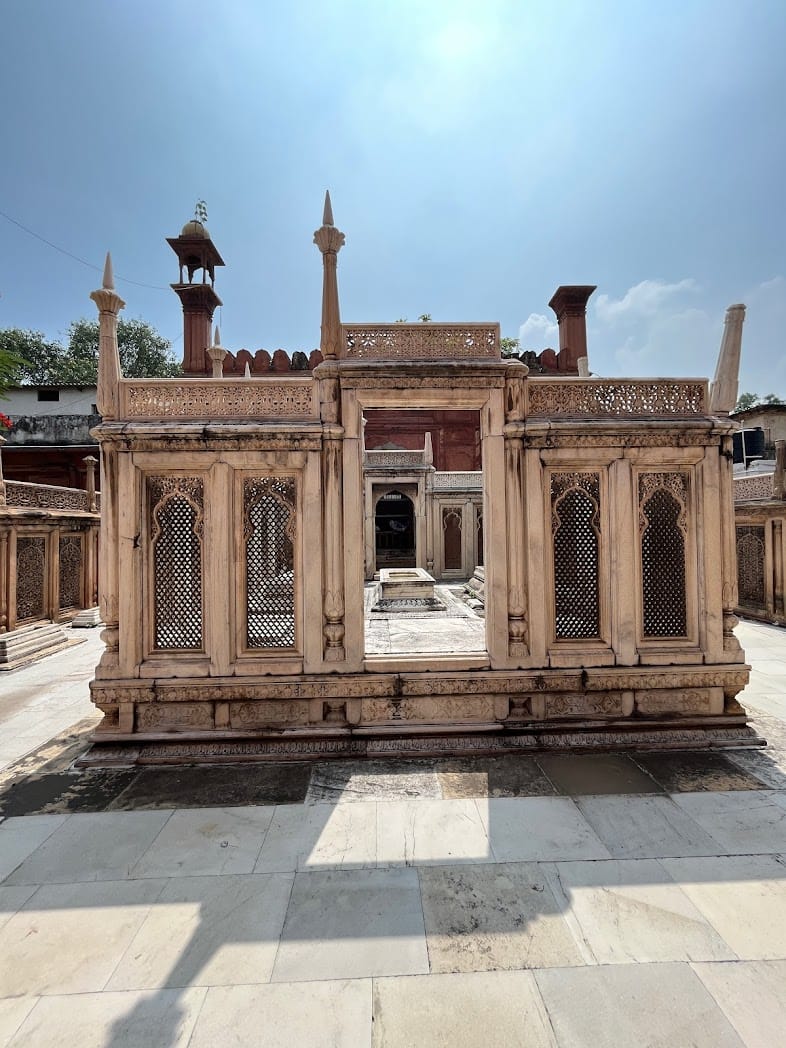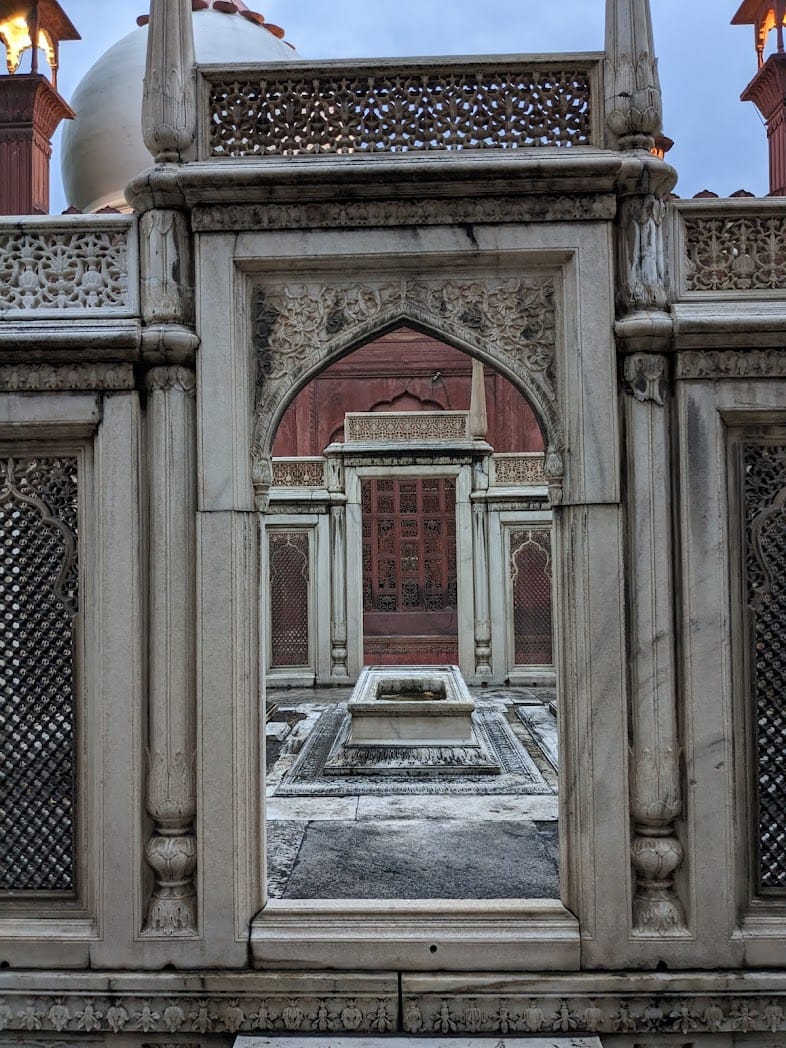

Tomb of Ghaziuddin Khan, also known as Ghaziuddin's Madrasa or Ghaziuddin's Tomb, is located in Delhi, India. It was built in the late 17th or early 18th century during the Mughal period, specifically between 1690 and 1710, though exact dates are debated. Ghaziuddin Khan, also known as Ghaziuddin Firoze Jung, was a prominent Mughal nobleman and the father of the first Nizam of Hyderabad, Nizam-ul-Mulk Asaf Jah I. Key Features: Architecture: The tomb showcases Mughal architectural style, with an emphasis on simplicity and elegance compared to other Mughal tombs. It features a large, arched gateway, a central courtyard, and a mosque with traditional Islamic architectural elements like domes and minarets. Historical Significance: Ghaziuddin Khan was a key military and political figure during the reign of Emperor Aurangzeb. His madrasa (Islamic school) was an important center for Islamic learning in Delhi, and part of the tomb complex later became a school, which eventually evolved into the famous Anglo-Arabic Senior Secondary School. Current Status: The tomb complex has historical significance but has faced neglect over time, leading to its current state of deterioration. Restoration efforts have been undertaken periodically to preserve this heritage site. However, like many other medieval monuments, it requires consistent conservation efforts.